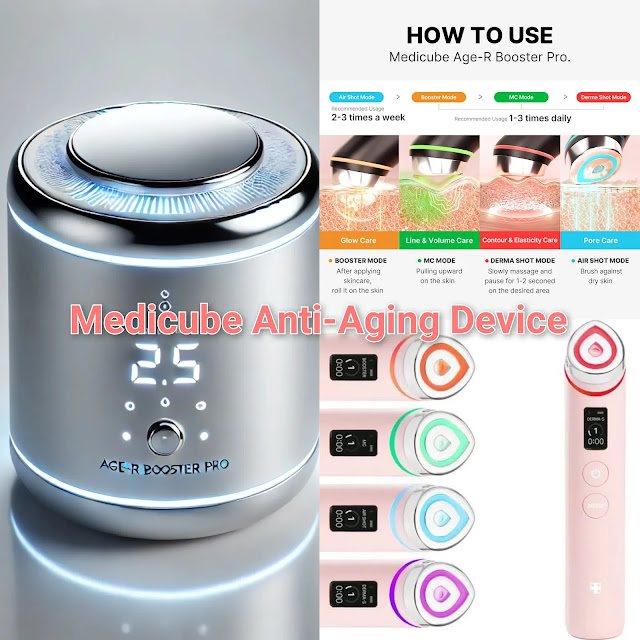The Ultimate Skincare Routine for Oily Skin:
Expert Insights and Recommendations
Dealing with oily skin can often feel like a battle with unwanted shine, clogged pores, and occasional breakouts. However, with the right approach and product choices, managing oily skin can become much easier. Let’s explore a well-rounded skincare routine for oily skin, incorporating expert advice from dermatologists Dr. Maxfield and Dr. Shaw from the Doctorly channel.
What is Oily Skin?
Oily skin results from overactive sebaceous glands that produce excess sebum— the natural oil that keeps your skin moisturized and protected. While sebum is necessary for maintaining skin health, too much can lead to problems such as a shiny appearance, enlarged pores, and acne. Key factors contributing to oily skin include:
- Genetics: If oily skin runs in your family, you’re more likely to experience it as well.
- Hormonal Changes: Fluctuations in hormones during puberty, menstruation, or pregnancy can trigger increased oil production.
Essential Ingredients for Managing Oily Skin
Choosing the right ingredients is crucial for effectively managing oily skin. Here are three categories of ingredients that are particularly beneficial:
Regulators of Oil Production:
- Retinoids: Known for their effectiveness, retinoids help control oil production by promoting cell turnover and reducing the size of sebaceous glands.
- Green Tea: Rich in polyphenols, green tea extract helps diminish sebum production.
- Niacinamide (Vitamin B3): This ingredient is great for controlling oil, improving skin barrier function, and calming inflammation.
- Azelaic Acid: Although not as widely used, azelaic acid helps reduce oil production and also addresses acne and pigmentation.
Oil Removers:
- Salicylic Acid: A beta hydroxy acid (BHA) that penetrates deeply into pores to break down excess oil and remove dead skin cells, which helps to prevent breakouts.
- Clay: Masks containing bentonite or kaolin clay are excellent for absorbing oil and impurities, providing a fresh, matte finish.
Oil Absorbers:
- Silica and Perlite: Found in many mattifying products, these ingredients absorb excess oil from the skin’s surface, helping to keep shine under control.
Effective Skincare Routine for Oily Skin
Here’s a detailed routine to help you manage oily skin effectively:
1. Cleansing
Cleansing is a vital step in any skincare routine, particularly for oily skin. The goal is to remove excess oil, dirt, and impurities without drying out the skin. Foaming cleansers are generally more effective for this purpose than cream-based ones.
Suggested Products:
- CeraVe Foaming Cleanser: A gentle foaming cleanser with ceramides and niacinamide, designed to remove excess oil while preserving the skin barrier.
- La Roche-Posay Toleriane Purifying Foaming Cleanser: Ideal for sensitive, oily skin, this cleanser purifies without causing dryness.
Application:
- Use twice daily, morning and night. Wet your face with lukewarm water, apply a small amount of cleanser, and gently massage in circular motions. Rinse thoroughly and pat dry.
2. Treatment
Following cleansing, apply a toner or treatment product that targets oil control and specific concerns such as acne or large pores. Toners for oily skin often contain astringent properties to help tighten pores and manage oil.
Suggested Products:
- Isntree Green Tea Fresh Toner: Contains a high percentage of green tea extract to regulate sebum production and soothe the skin.
- The Ordinary Niacinamide 10% + Zinc 1%: A popular choice for oily skin, this serum helps control oil and reduce pore visibility.
Application:
- Apply toner to a cotton pad or directly to your hands, then gently swipe across your face. Follow up with your serum or treatment.
3. Moisturizing and Sun Protection
Even oily skin needs moisture. Skipping this step can lead to increased oil production as your skin compensates for the lack of hydration. Choose lightweight, oil-free moisturizers and always apply sunscreen during the day to protect against UV damage.
Suggested Products:
- Neutrogena Hydro Boost Water Gel: An oil-free, lightweight moisturizer with hyaluronic acid for hydration without added oil.
- EltaMD UV Clear Broad-Spectrum SPF 46: A sunscreen with niacinamide that provides broad-spectrum protection without clogging pores.
Application:
- After your treatment products, apply a small amount of moisturizer to your face and neck. In the morning, finish with sunscreen to shield your skin from UV rays.
4. Optional: Clay Mask
Using a clay mask once or twice a week can further control oil and prevent clogged pores. This is especially useful if you experience persistent shine or frequent breakouts.
Suggested Products:
- Innisfree Super Volcanic Pore Clay Mask: Contains volcanic ash to absorb oil and tighten pores.
- L'Oréal Paris Pure-Clay Mask: Features a blend of three clays to mattify and purify the skin.
Application:
- Apply a thin layer of the mask to clean, dry skin, avoiding sensitive areas like the eyes and lips. Leave it on for 10-15 minutes, then rinse off with lukewarm water.
Conclusion
Managing oily skin doesn’t need to be complex. By incorporating the right products and following a consistent routine, you can effectively control excess oil, reduce shine, and achieve a balanced, clear complexion. Stick with your routine, be patient, and you’ll see improvements over time. With the right approach, you can enjoy healthier, radiant skin.
Here’s a disclaimer you can use for your article:
---
Disclaimer:
The information provided in this article is for general informational purposes only and is not intended as medical advice. Always consult with a qualified healthcare professional or dermatologist before making changes to your skincare routine, especially if you have specific skin concerns or conditions. The effectiveness of products and treatments can vary from person to person. The content is based on expert recommendations and research, but individual results may differ.





















.jpg)


Comments
Post a Comment